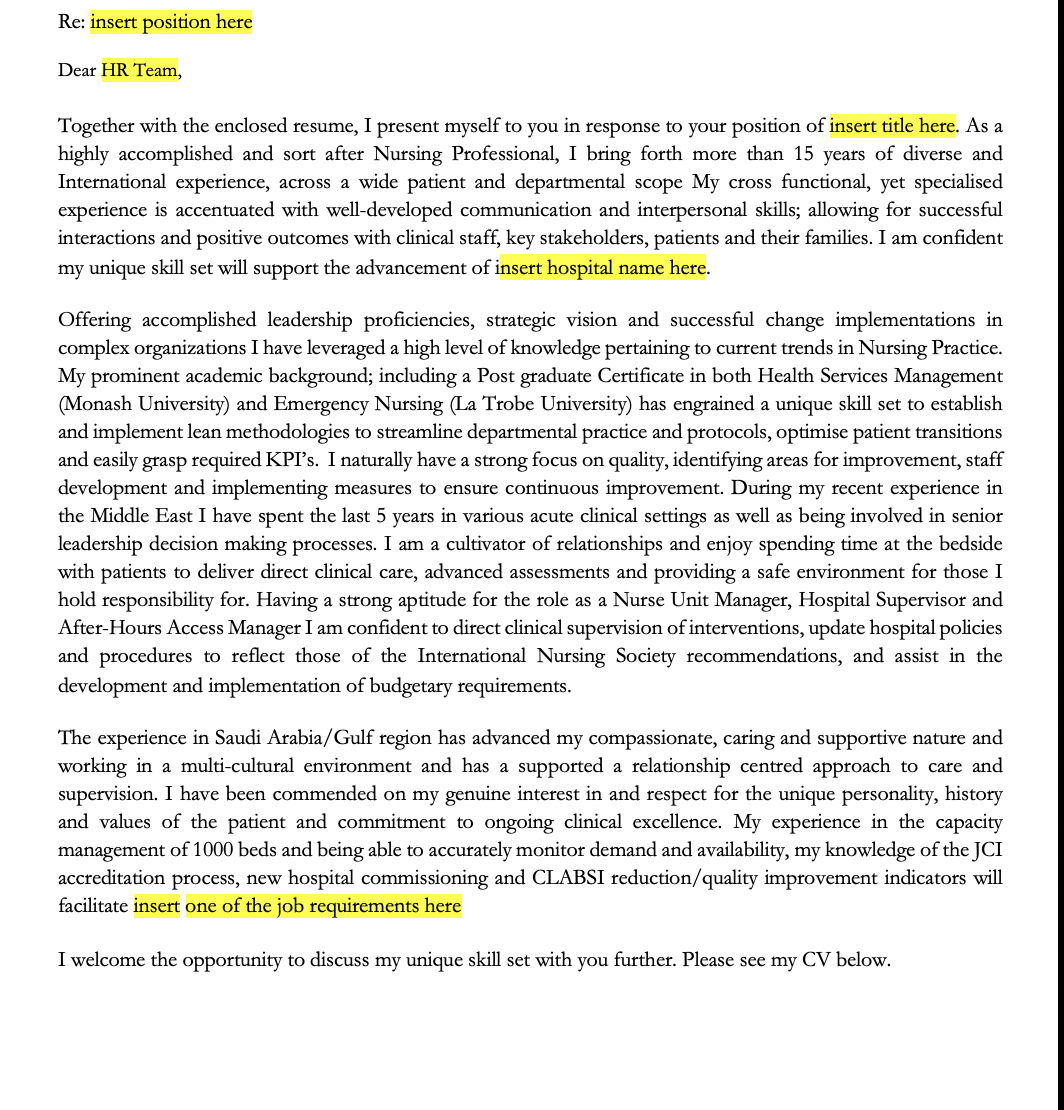When we think of networking, some of us might still go straight to those awkward mingling sessions after events and conferences, or awkward coffee meetings that never amount to anything, but it doesn't have to be that way.
The purpose of networking is to build long term professional relationships and strengthen your reputation in the industry and the general job market. The benefits of professional networking can make a world of difference when it comes to job hunting and getting your name out there.
So, how should you network?
Being prepared is a good start. It’s not easy to put yourself out there to strangers, so having some talking points up your sleeve will give you the confidence to strike up conversations with others. Talking points could include asking opinions on recent news or changes in the industry or even talking about something more personal, like your favourite sports teams victory over the weekend. Take your business cards along with you, and even a notepad and paper in case you need to write down anything you don’t want to forget.
Listening is the key to being a great networker, remember - a conversation should be an equal balance of back and forth, so don’t bombard your new acquaintance with too much chatter about yourself without hearing what they have to say too. Ask questions and show a genuine interest in the conversation.
Remember that you don’t have to connect with everyone you talk to. If you get the feeling that someone might not be the best fit for your network, don’t feel obliged to give out your contact details or take theirs. While it’s nice to be social, your objective is to expand your network, so think about this first and foremost.
Following up is probably the most important part of networking. Without follow ups, your connects will become dead ends and all your hard work would have been for nothing. Sending a simple text or email after networking to reiterate what you’ve discussed and to remind them about your business is the most important thing for you to do post-network.
Why is expanding your network important?
People network for different reasons and everyone has different expectations and objectives when it comes to expanding their network, but one of the main reasons why we network is to strengthen business connections and build on existing relationships. Keeping up contact and regularly engaging with your network is what will make those relationships long lasting and fruitful.
Showing your support and assisting your network is what it’s all about, and it should work both ways. By doing this, you are keeping yourself informed and learning from your network, thus building your connection to your community. As a result, your network should become a safe and helpful place for you to share your challenges, discuss changes and share opportunities with each other.
Having a vast network of people from differing industries around the county and even around the world can help you get access to far more opportunities, work related or otherwise. Having strong connections to others in your industry isn’t just a great way to find out about available jobs, it’s also a great source of knowledge and a way for you to develop your personal growth. Perhaps you’ve been with your company for five years and connect with someone who has been there for twenty years, imagine the knowledge and insight you could gain from their experience.
Finally, networking is one of the best ways to raise your profile and reputation within the industry. Having a shining reputation will put you well ahead of your competitors when it comes to looking for jobs, and it might even get you noticed sooner. Being a regular at events and gatherings is a great starting point. This will show your commitment and interest and also make you a familiar face that people will start to recognise. Listening to others, sharing information, and supporting your network are also key factors when it comes to building your reputation.
Looking at networking online? Read about how to stand out on LinkedIn: https://impressivecv.com/blog/stadingoutonlinkedin

![Settling the Difference between “Digital Transformation, “Digitalization”, and “Digitization” [SOLVED]](https://images.squarespace-cdn.com/content/v1/5ccc4fc992441b0bec3fb03c/1650602045603-1KXG8C8QP5H65MOWC205/unsplash-image--uHVRvDr7pg.jpg)



















